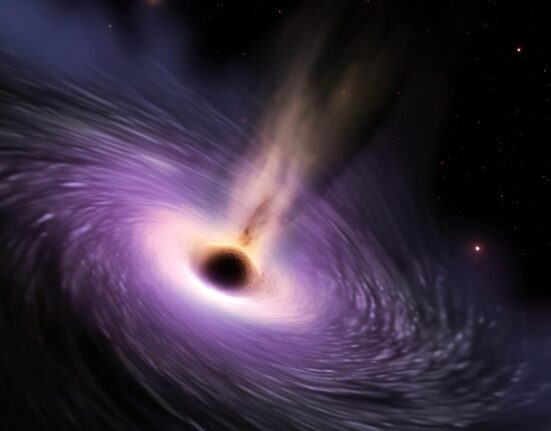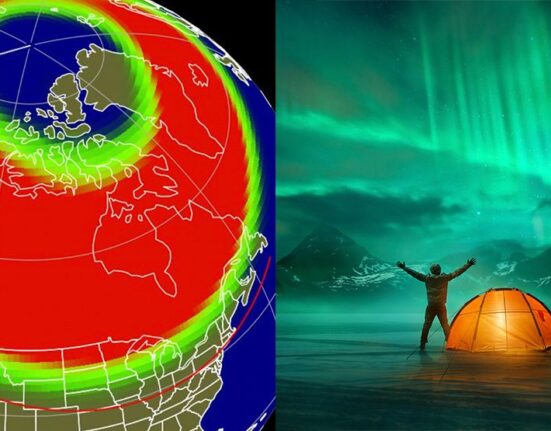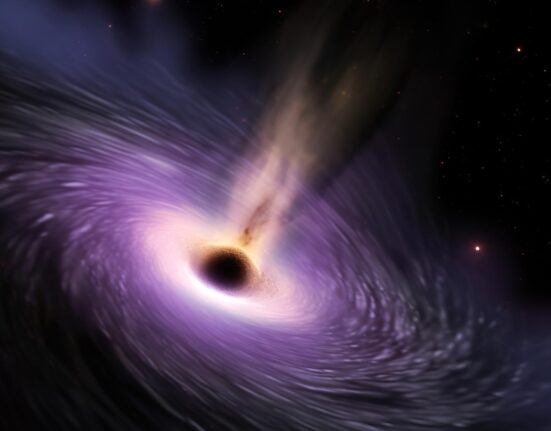The ozone layer, a crucial shield protecting life on Earth from harmful solar radiation, is facing a significant threat. With the imminent loss of NASA’s Aura and Canada’s SCISAT satellites, scientists are bracing for a potential data void in their ability to closely monitor substances that damage the ozone layer and impact stratospheric circulation.
Scientists’ Warnings
Atmospheric scientist David Fahey warns of an impending “data desert” in the stratosphere as these vital satellites approach the end of their missions. Without successors planned, researchers fear a lack of critical observations necessary to understand and combat ozone-depleting compounds effectively.
Amidst this looming crisis, the recovery of the ozone layer has hit an unexpected roadblock in the midlatitude Northern Hemisphere. The timing couldn’t be worse as increasing amounts of space debris from failing satellites threaten to introduce more ozone-depleting substances into the atmosphere.
Looming Uncertainties
“We’ve been thinking about this for years,” Fahey remarks somberly. As these essential satellites fade into oblivion, concerns mount regarding our ability to detect harmful impacts on the ozone layer from various sources such as wildfires and climate intervention strategies involving aerosol injections.
While other instruments will continue monitoring the state of the ozone layer itself, what hangs in balance is our capacity to conduct comprehensive scans of the stratosphere for substances capable of jeopardizing this protective shield. This loss would akin to reverting from advanced medical imaging like MRI and CAT scans back to basic X-rays – we’ll see what’s happening but lose sight of why it occurs.
Race Against Time
NASA’s Aura satellite boasts over two decades in orbit but is expected to cease operations by mid-2026 due to depleted power reserves. On the other hand, SCISAT could potentially linger until 2035 if fate allows; yet already exceeding its intended lifespan by 18 years raises concerns about its longevity.
Once these stalwart sentinels fall silent, daily global measurements tracking dangerous gases responsible for depleting ozone will vanish. Compounds like hydrogen chloride and chlorine monoxide – mostly man-made products regulated under international agreements like the Montreal Protocol – will evade close scrutiny without data from these pioneering satellites.
Unforeseen Consequences
The aftermaths of events like Australia’s devastating wildfires in 2019–2020 underscore how valuable insights from SCISAT and Aura have been. The unexpected revelation that wildfire smoke damaged the ozone layer highlights just one instance where these satellites played a pivotal role in unraveling complex interactions impacting Earth’s protective atmospheric layers.
As climate change fuels predictions for fiercer wildfires and proposals for large-scale aerosol interventions intensify, there is growing anxiety over losing our ability to monitor potential damages exacerbated by such activities. Without adequate surveillance mechanisms in place post-Aura and SCISAT era, understanding these evolving threats becomes increasingly challenging.
Hope on Horizon
However bleak this situation may seem, glimmers of hope emerge with discussions around successor missions spearheaded by NASA and ESA. Concepts like CAIRT (Changing-Atmosphere Infra-Red Tomography Explorer) hold promises of enhancing global observations pertaining not only to ozone levels but also water vapor content, aerosols presence, and damaging compounds endangering atmospheric stability.
Similarly, NASA contemplates STRIVE (Stratosphere Troposphere Response using Infrared Vertically-resolved light Explorer) – envisioned as an evolution beyond Aura with superior resolution capabilities covering broader terrains vital for comprehensive monitoring efforts. These initiatives offer a glimpse into a future where vigilance over our planet’s protective veil might be revitalized through technological advancements bridging observational gaps left by aging satellites.
As we stand at this precipice awaiting decisions on forthcoming missions meant to safeguard our understanding of Earth’s atmospheric dynamics,
scientists echo sentiments that maintaining robust surveillance mechanisms remains paramount amid shifting environmental challenges.








Leave feedback about this